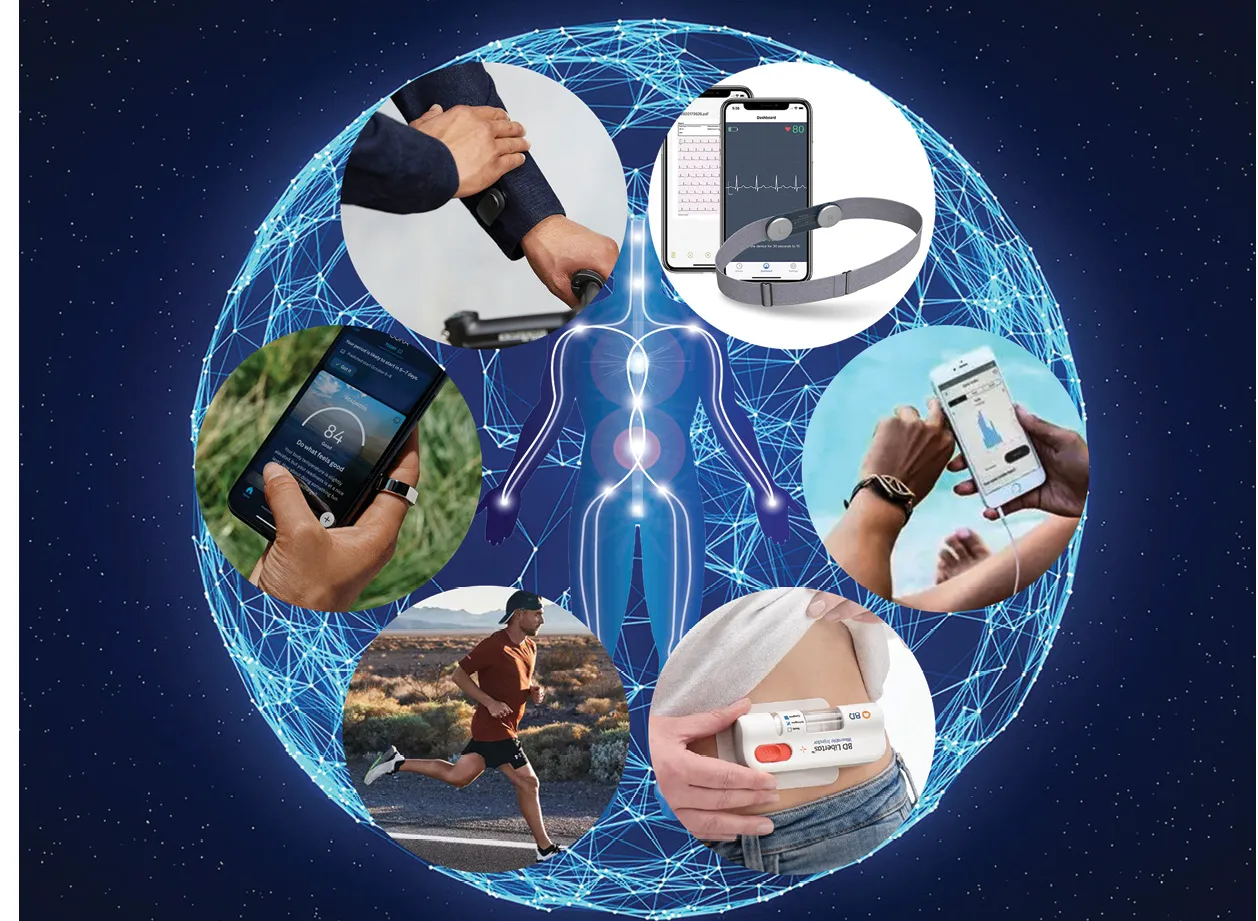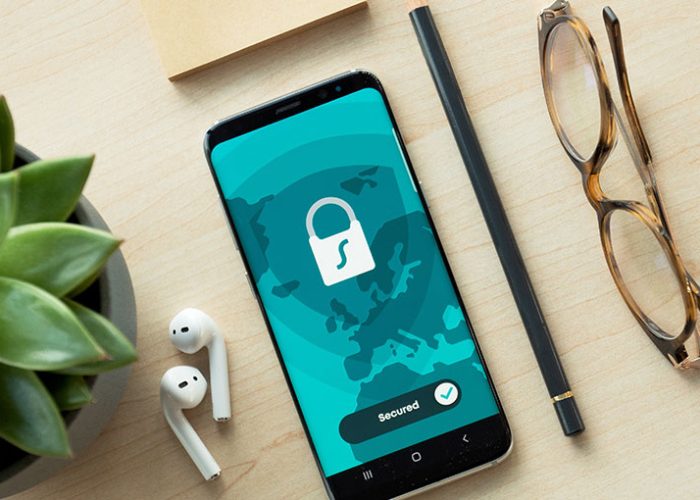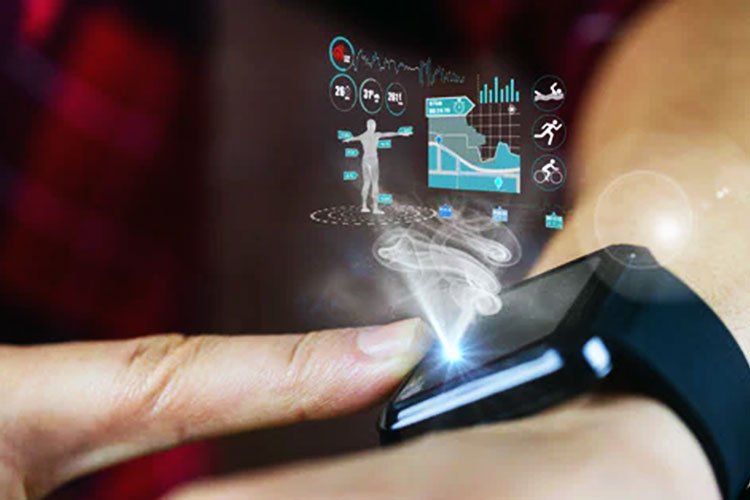Here are three new categories of health-enhancing wearable technology.
In light of the recent COVID-19 outbreak, many people are giving serious thought to making adjustments to their lifestyle, with health monitoring and enhancement becoming top priorities. Due to this increasing demand, the market for wearable healthcare equipment is estimated to explode from its current valuation of USD 27.29 billion by 2022 to a whopping USD 324.65 billion by 20321. The development of new technology and the increased dependability and speed of 5G and higher networks are driving this expansion. In addition, emerging markets have been able to meet consumer demand for new prospects in the healthcare sector because of the sector’s particular needs and design forms. This article provides an overview of three of the most popular categories of healthcare wearable devices, all of which can assist users enhance their health monitoring and personal safety.
Rings for Preventative Care and Sleep Monitoring
Wearable health trackers have typically taken the form of smartwatches; products from Apple, Samsung, and Google offer great, widely available alternatives to the market leader, Fitbit. However, the relative inadequacy of the signal strength is a fundamental issue with the wrist as a biomedical monitoring point. The early watches collected huge amounts of data and regressed trends, but their accuracy was questionable, thus the data was of no use to doctors.
The biological signals in the fingers are up to ten times stronger2 than those in the wrist.Designers have created wearable smart rings that employ the fingers as the biomedical monitoring point in an effort to better detect and measure the user’s essential health indicators. The ring is equipped with high-precision sensors like thermometers, accelerometers, infrared LEDs, and gyroscopes, allowing for measurements on par with those made by medical grade machinery.
The wearer of a ring can monitor their heart rate, sleep duration, core temperature, movement, and respiration in real time without disturbing their rest. Critical to providing more exact data with much lower computing effort due to precise local measurements is the accuracy of the electronic components.

Emergency Bracelets and Pendants
Healthcare pendants are an emerging gadget that can support elders in critical situations, while many other wearables aim for seamless integration into daily life. They can monitor you around the clock, follow your whereabouts with GPS, and even sense if you’ve had a tumble. Some gadgets can even talk to you, and you may talk to them, via 5G cellular networks or Wi-Fi®, in case of an emergency.
Most of the functionality of the bracelets and pendants can be accessed without the user’s hands. For instance, built-in accelerometers help with fall detection, which is especially important for the elderly because 90% of them end up in a nursing home if they don’t get medical help within six hours3.
Transdermal Patches for Medicine Administration
A transdermal patch, which is applied to the skin and releases medication in that way, is another innovative form factor for healthcare wearable technology. These patches are loaded with a set amount of medication and release it steadily into the body through the skin. Although the idea is straightforward, transdermal patches can be administered in either an active or passive fashion.
Passive systems utilize solely skin-to-air diffusion. Therefore, the dosage administered may differ from one user to the next due to differences in skin type and patch design. However, active dose within the body is more nuanced. Microneedles, chemical enhancers, or electrical currents of 2–10 mA4 can be used in this method to puncture the skin and inject the medication at the prescribed time. These capabilities allow for more individualized approaches to patient care.
Iontophoresis, the method by which the drug is delivered into the skin by electric current, requires a unidirectional current to flow from the patch to the skin. The current is applied by a machine, which speeds up the absorption of the medicine through the skin. This method is helpful for treating attention deficit hyperactivity disorder (ADHD) and reducing inflammation because patients’ dosage requirements differ.
犀利士
wp-content/uploads/2023/08/fitbitdoctor.jpeg” alt=”” width=”760″ height=”507″ />
Conclusion
Even if there are obvious and essential benefits, like healthcare monitoring, aesthetics and price will still play a major role in determining whether or not a product is adopted by the market. Customers will weigh the benefits against the device’s price and aesthetics, and they won’t be impressed if it looks and feels like a meter. So, in order to create goods that people would actually buy and use, device engineers need to think about how to include electronics’ functionality within the bounds of marketing insights. If we can get beyond that barrier, we can unleash widespread uptake of new healthcare wearable technologies, which will improve consumer health by expanding availability of preventive care.
The first generation of smartwatches was just the beginning of wearable health gadgets. They have improved accuracy, cover a wider range of health concerns, and have emerged as indispensable aids in patient assessment, diagnosis, and therapy. As medical technology advances, patients and doctors alike can rely on wearable gadgets to proactively and non-invasively improve health and wellbeing.







